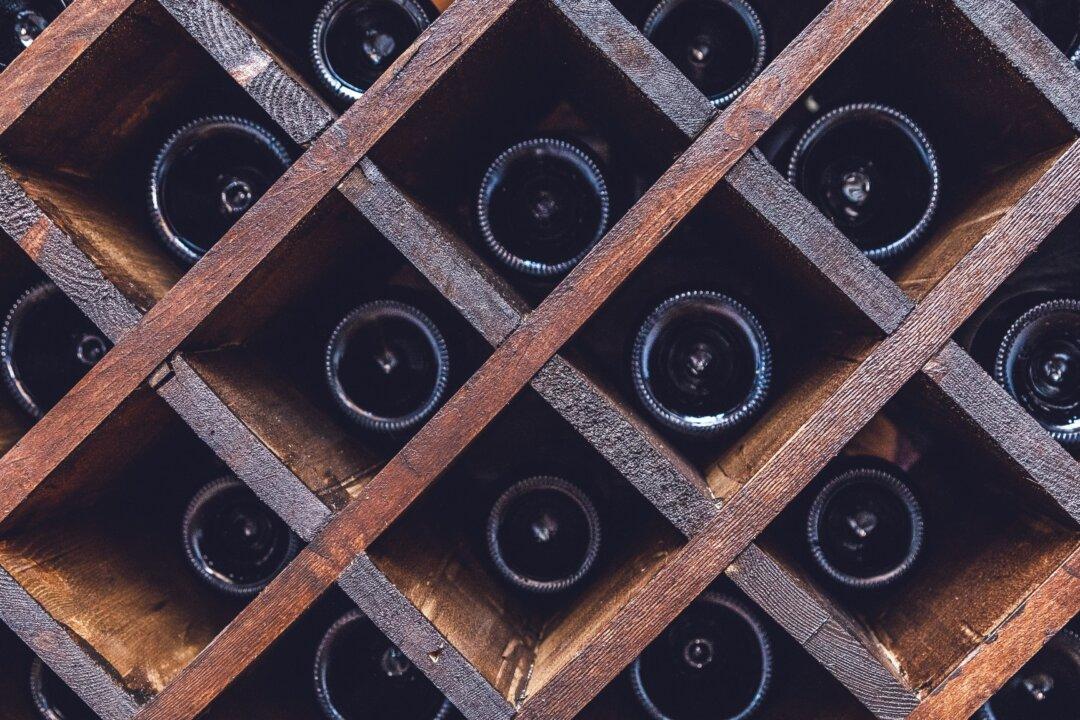Early on in my wine journey, I developed a healthy respect for budget wines, and not because I was cheap. My goal from the moment I got hooked on fine wine was to put together a collection of top-notch wines from around the world, a noble but expensive proposition no matter where you shop.
What I discovered in those early buying sprees was that I was consuming the collectible wines almost as fast as I could purchase them, which sort of defeats the purpose of creating a personal wine cellar. I wasn’t aging my most precious wines to perfection, because I was reaching for a “great” wine to serve with dinner on a nightly basis.





